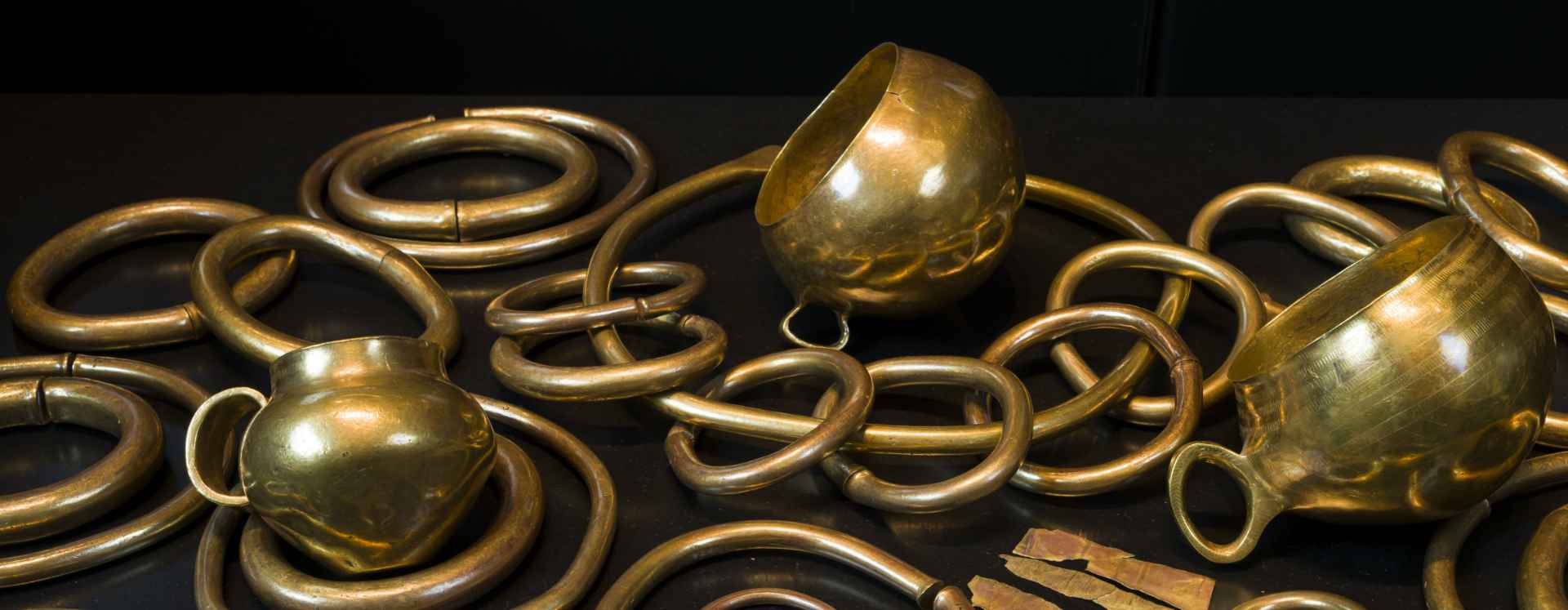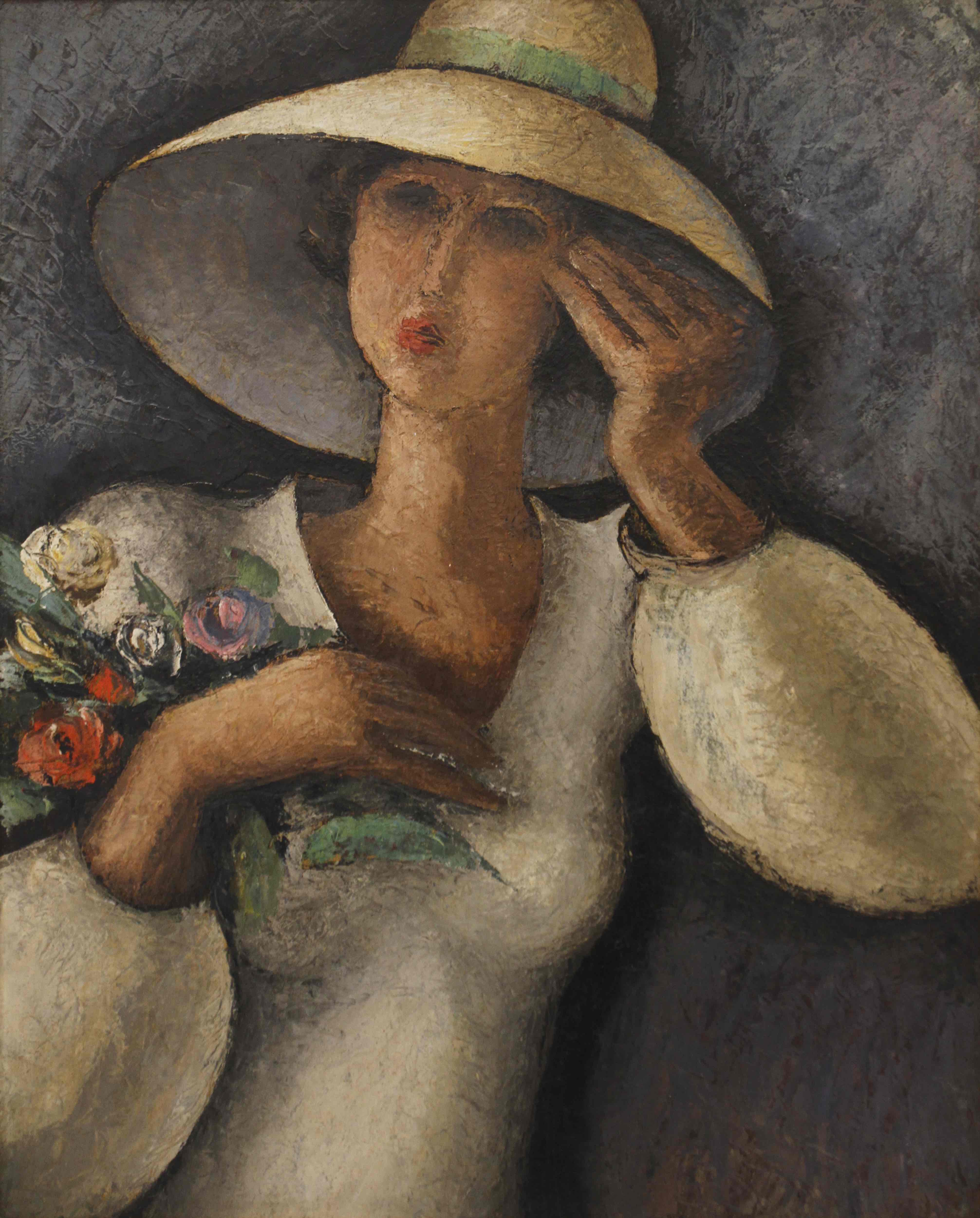SEÑORA CON SOMBREIRO (WOMAN WITH A HAT)
Señora con sombreiro (Woman with a hat) is one of Manuel Torres's early paintings and one of the oil paintings he composed in 1931 during his stay in Paris, where he had gone that year thanks to a study grant awarded by Pontevedra County Council. It was in the French capital that he became acquainted with avant-garde art.
Unlike the depictions of rural women in other paintings by him and other artists of the Galician renovation movement, in this oil painting Manuel Torres prefers to show a woman in an urban environment, a subject far removed from the seaside and peasant scenes that constitute the main motif of most of his paintings. However, as in these works, the tactile and sculptural values typical of his production can be perceived in this work.
Rounded, highly plastic forms predominate, marked by thick contour lines. The pictorial layer has a stony appearance that brings it closer to the tradition of Romanesque and Baroque granite work and popular stonemasonry.
Throughout his life, Manuel Torres Martínez (1901-1995) combined his profession as a teacher with his work as a draughtsman and painter. As a graphic illustrator he would collaborate with his cartoons in newspapers such as Faro de Vigo, El Pueblo Gallego, El Sol o La Libertad. In the pictorial field, his works are characterised by solid volumes, coarse, sculptural forms and the rough, rugged textures of granite.
He received study grants from the Pontevedra County Council in 1927 and 1930.
His artistic facet is well represented in the Museum's collection of more than forty oil paintings, mainly from his creative period before the Civil War and after his retirement as a teacher in 1967, when he was once again very active. It also has several examples of work with other techniques such as drawings, watercolours, engravings and even sculptures.
Label
More information
His work is exhibited in the Castelao Building, which also houses works by Carlos Maside, Manuel Colmeiro, Arturo Souto, Eiroa, Fernández-Mazas, Laxeiro and Luis Seoane, artists who, together with him, made up the renovating movement of Galician art for which they became known as "Os Novos". Around 1930, these young creators, following the aesthetic concerns of their time and universalist approaches, wanted to create an art that would be Galician in its own right, with an avant-garde language that would represent a break with what had been done in Galicia up to that time. His work is part of the European artistic currents that proposed a return to order.



